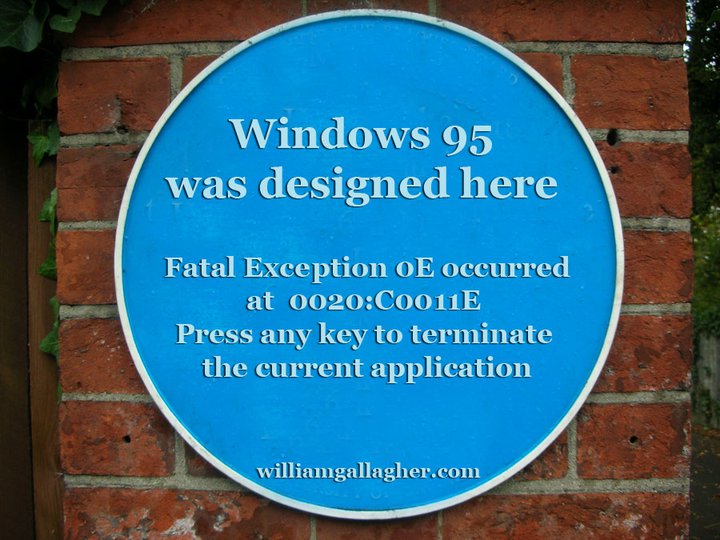Finally, a use for those strange kiosks with payphones in. They’re going to be converted to be wifi stations – and not just any old slow wifi, but gigabit wifi. For gigabit read fast and for fast read when will it be done here too?
New York City today unveiled an ambitious plan to roll out a free city-wide municipal Wi-Fi network that officials say will be the fastest and most wide-reaching network of its kind in the world.
At a press conference at City Hall, the city unveiled LinkNYC, which will rely on thousands of kiosks that will be deployed at locations currently occupied by pay phones. The kiosks will be installed in as many as 10,000 locations throughout the five boroughs and will offer Wi-Fi service of one gigabit per second within a radius of 150 feet. They’ll also offer free domestic voice calls to all 50 states. The first of the kiosks is expected to begin service in late 2015.
New York City to Offer Free Gigabit Wi-Fi in 2015 – Arik Hesseldahl, Re/code (17 November 2014)
Read the full piece.

